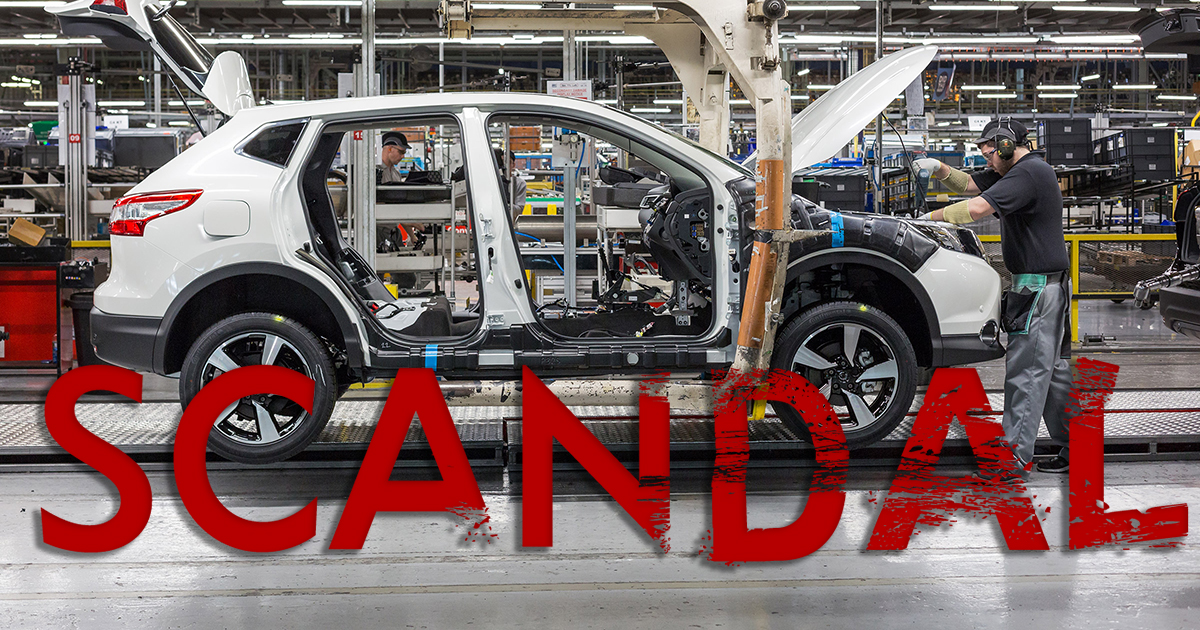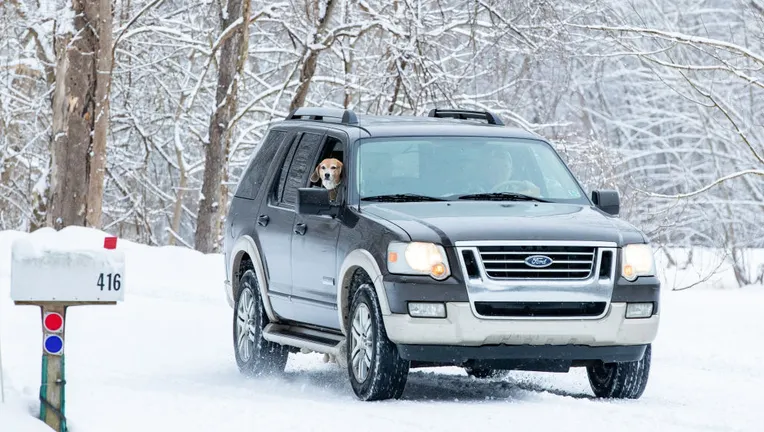Where To Get Collision Repair Training
Collision repair technicians, also known as automotive body and glass repairers, are trained professionals who replace, restore and refinish automotive frames, bodies, windshields and windows. The U.S. Bureau of Labor Statistics reports these professionals can expect employment growth of eight percent from 2016-2016. Here is information on where students can find collision repair training schools and what the training all entails.

What it Takes to Be a Collision Repair Technician
To become a collision repair technician, you should complete a formal training program and obtain certification. Although some may receive on-the-job training, most technicians complete a training program. This type of training does not usually have prerequisites other than a high school diploma.
As a student in a collision repair program, you’ll complete classroom assignments and practical courses, which are designed to give hands-on training. Many of the programs require students to complete internships at service stations or auto body shops.
What About Schools?
Collision repair training programs are offered at community colleges, technical schools and vocational schools. According to the National Center for Education Statistics, there are more than 350 schools in the United States that offer collision repair training. The programs may take from six months to two years or more to complete. Diploma or certificate programs may only take six months to a year to finish while associate degree programs take about two years to complete.
Even when the training is complete, candidates generally need some on-the-job training before they can start their careers as collision repair technicians. Depending on the school, some of the automotive courses may be offered through distance learning. The Inter-Industry Conference on Auto Collision Repair (I-CAR) also offers collision repair training.
What Courses Are Included?
Collision repair training schools include a variety of courses. Students who are pursuing degrees will complete general education courses and automotive courses. However, students who are in shorter programs may focus on mostly auto collision courses. Course topics may include the following.
•Welding
•Repair cost estimation
•Electronics
•Finishing and corrosion protection
•Industry repair terms
•Tools, equipment and attachments
•Personal safety
•Mechanical systems terminology
Apprenticeships and Internships
Apprenticeships and internships are a vital part of a collision repair training program because they not only give the student actual hands-on training, but they also provide the individual with work experience. Some students apply to become apprentices in auto body shops while they're still in the programs. This gives them great experience working with and learning from professionals. Some training programs may give the student credit if they’ve completed or are completing an apprenticeship.
Is Certification Required?
Certification may not be required to be hired as a collision repair technician, but most employers prefer their technicians be certified. Certification is more and more becoming the industry standard. Many of the collision repair training programs include classes that prepare students to take certification.
Some even include certification. Students who successfully complete training programs can pursue certifications through the National Institute for Automotive Service Excellence (ASE). This is the certifying body most recognized in the automotive industry.







